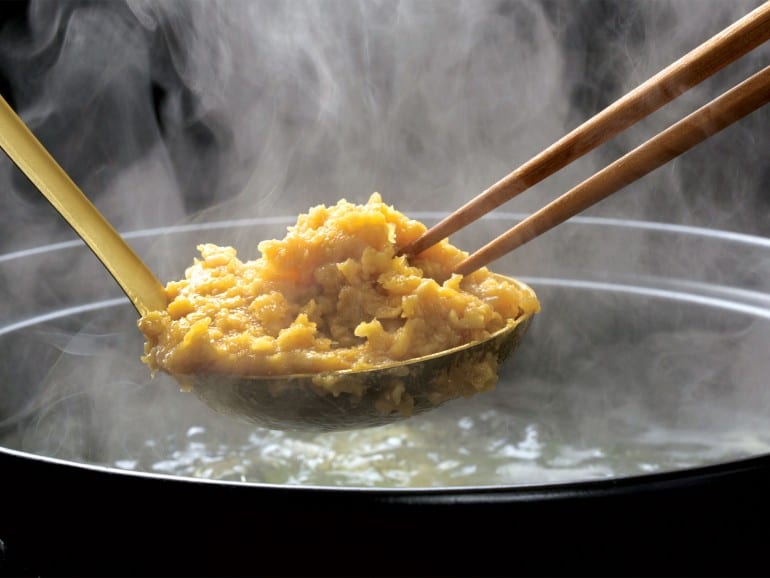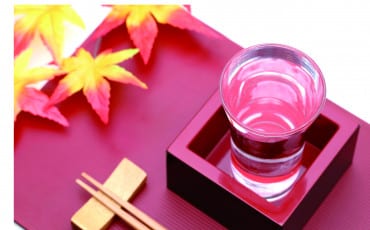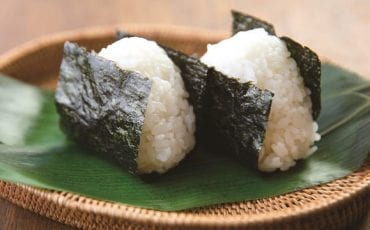- OISHII
- OISHII Wiki
- Tools
- Otama
OISHII Wiki
Tools
Otama
Part ladle, part soupspoon: the Japanese Otama combines the functionality of both to give you a kitchen tool essential for your favourite Japanese dishes.

More than just a common fixture in ramen eateries and Japanese restaurants, the Otama ladle fuses the principles of aesthetic and function. Ladles may often be identified with the preparation of food; but the Otama brings this kitchen-bound utensil into the personal experience of food tasting.
Its name is shortened from Otama-jakushi, a wooden ladle originally distributed as a lucky charm at Taga-taisha, a 16th century Shinto shrine located in Taga, Shiga Prefecture, Japan. Due to its shape- the handle resembling a tail, and round vessel a head- Otama-jyakushi is also coincidentally the Japanese name for a tadpole.
This traditional tool is borne of the Japanese dining philosophy that tableware should have a unique purpose for specific dishes. In the same vein, Otama ladles are used for the consumption of ramen soup noodles or hot broths.
The Otama differs from your regular kitchen counterpart in terms of size: it is smaller in scale so it fits the grip your hand ergonomically, held as one would with a spoon.
Apart from aesthetic alignments, the Otama is designed with practical considerations too. Ever had a soupspoon submerged in broth, only to ruin your dining experience retrieving an oil-slicked cutlery?
This elegant tool features a long handle for reaching deep within domburi-bachi (large bowls used for ramen noodles) without submerging your ladle in the miso-seasoned broth. Modern interpretations may also include a hook at the end of handles, so the ladle grapples onto the edge of the bowl and does not slide in.
Its vessel is deeper than a soupspoon, which allows you to scoop up more ingredients from the ramenfs broth, traditionally made from pork or chicken bones. The spoon-like utensil also has a widely set rim that comfortably fits your mouth, so the instrument turns into a miniature-serving dish where you can cup and savour the assortment of flavours – strips of bamboo shoots and grilled pork slices alike – in one tasting.
A thorough cleanse is occasionally required despite wooden tools being layered with a protective coating, as soup may seep into the materialfs grain over time. This trapped moisture can serve as a breeding ground for illness-causing bacteria.
When cleaning wooden Otamas, fill a basin with one part bleach to 20 parts hot water. Leave tool to soak for at least an hour. Next, drain solution and fill with warm, soapy water for another 15 minutes to remove any bleach smells. Scrub accordingly. To prolong the vibrancy of wood, you may use food-safe oil to varnish the ladle once dried, using a piece of clean cloth.
(Text Matthew Fam)









